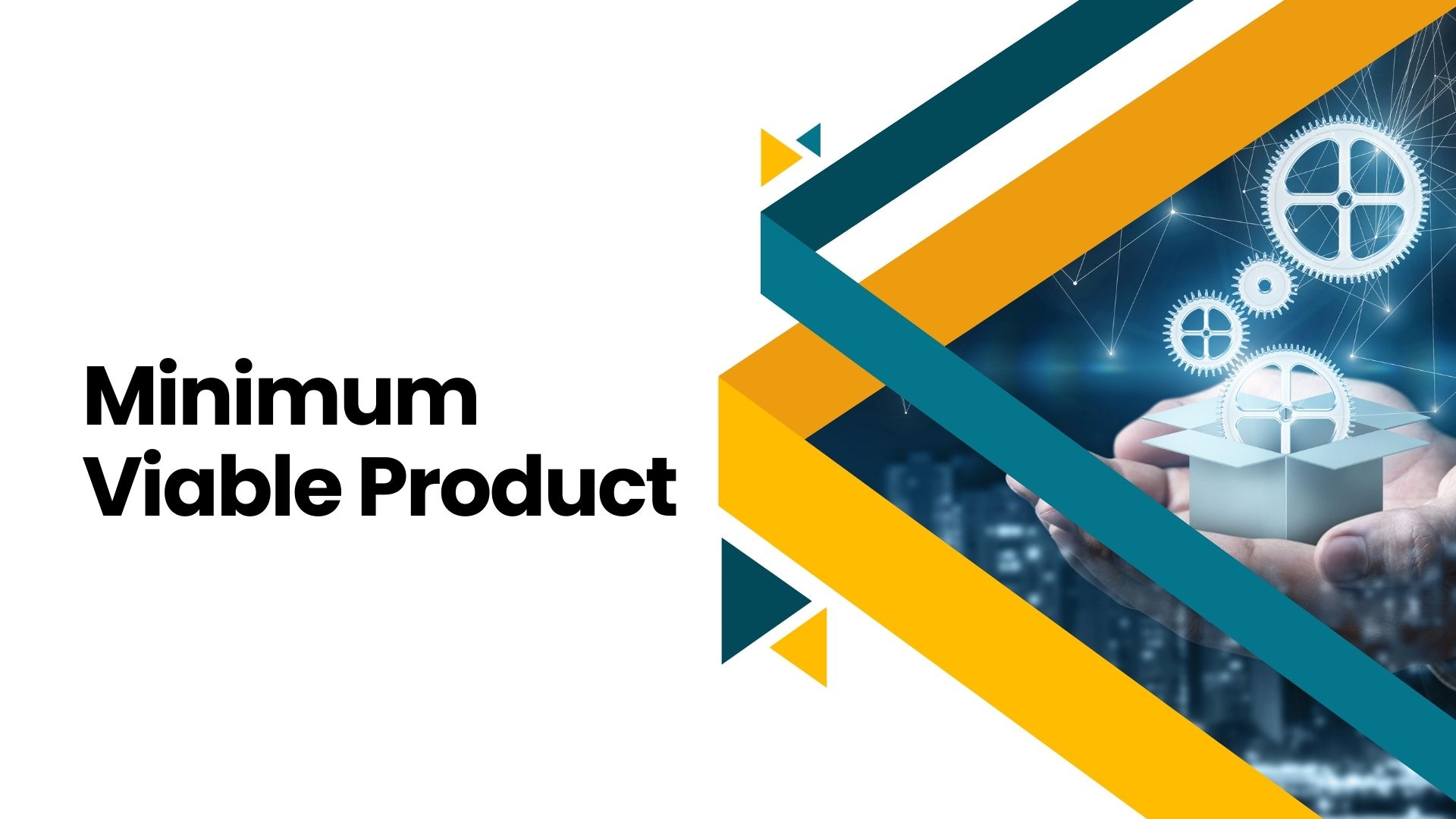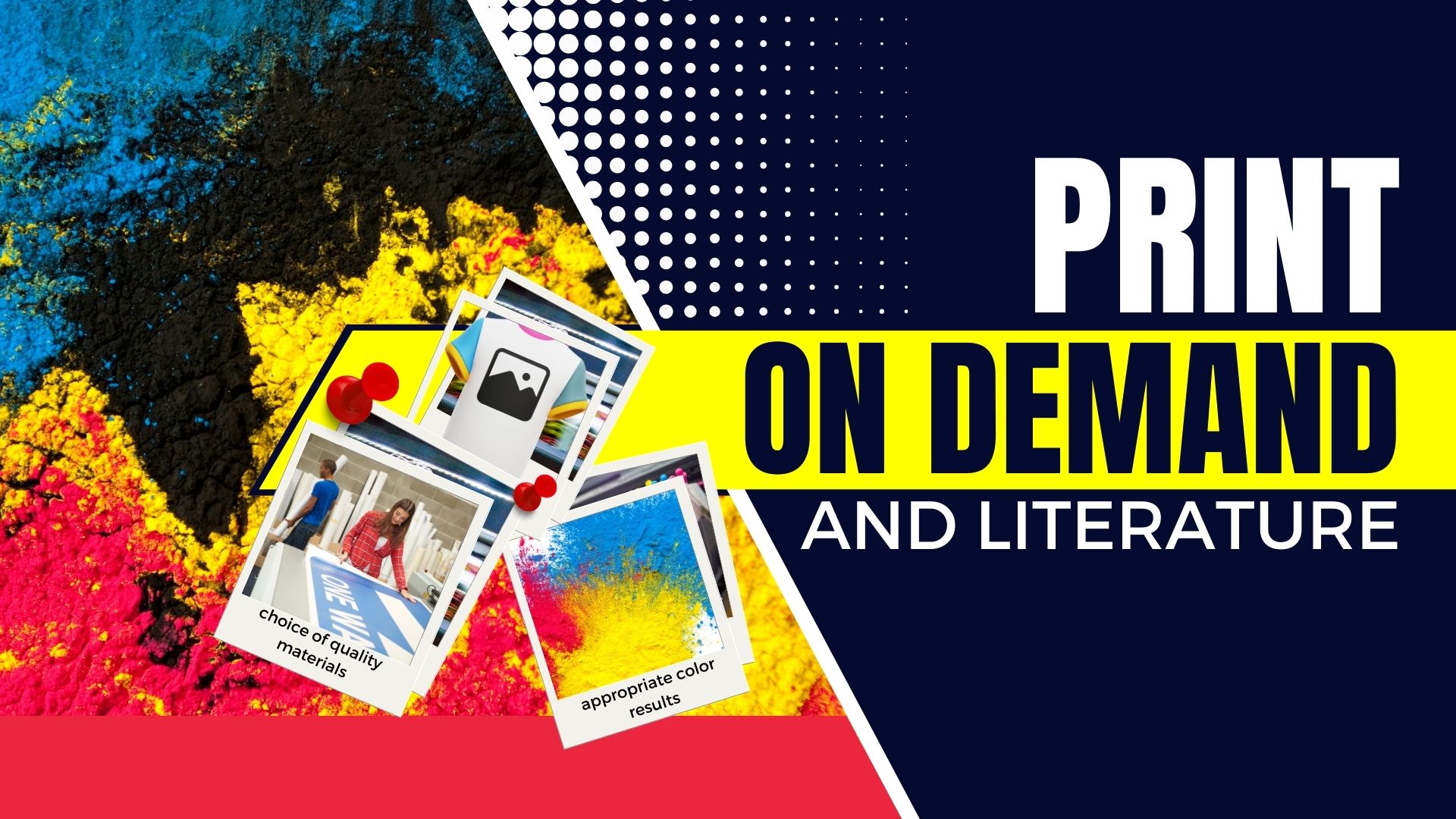Crucial Foundations: Unveiling the Importance of Minimum Viable Products (MVP)

Page Contents
In the dynamic world of contemporary business, the idea of minimum viable products (MVP) remains a key part of advancement and strategic development. This article delves into the importance of MVPs, investigating their critical role in product development. From the essential standards of MVPs to the various advantages they offer, this discussion intends to unravel their importance. As we journey through the subtleties of MVP implementation across different businesses, we shed light on the normal difficulties organizations experience in this pursuit. Lock in for a comprehensive investigation of the essential foundations of MVPs in the consistently developing business development landscape.
The Core Concept of MVP:
At the essence of current product development, the minimum viable products (MVP) is an essential methodology that reforms how organizations develop. An MVP isn't just a downsized variant of a product; rather, it is a fastidiously organized model that exemplifies the fundamental functionalities vital for tending to the necessities of the interest group. By refining an idea to its core components, organizations create an engaged and deliberate cycle that fills in as a proving ground. The essential objective of an MVP is to deliver a product quickly, permitting organizations to gather true user feedback. This iterative interaction cultivates a unique criticism circle, empowering persistent refinement because of genuine client encounters. The MVP strategy goes about as a catalyst, speeding up chance-to-showcase, improving asset distribution, and laying out a harmonious connection among makers and users chasing proficient and market-aligned innovation.
Benefits of Implementing MVP:
The advantages of implementing minimum viable products (MVP) are complex, with a fast cycle and a powerful feedback loop being the foundation of this approach. Through the arrival of a fundamental product rendition, organizations can quickly gather important criticism from clients. This iterative cycle works with consistent improvement, guaranteeing that ensuing emphases adjust intimately with advancing client inclinations and market requests. The readiness given by this cycle is especially valuable in quick-moving ventures where responsiveness to client criticism is central.
Additionally, MVPs contribute to cost productivity and resource optimization. Traditional, full-scale product development without approval can cause significant expenses. MVPs permit associations to sensibly apportion assets, putting resources into the improvement of highlights shown to be fundamental through client input. This savvy technique is particularly worthwhile for new companies and private ventures working with restricted spending plans, empowering them to zero in on the main thing for their ideal interest group.
Moreover, MVPs offer the priceless benefit of early market approval. By sending off an insignificant rendition, organizations can notice true client collaborations, checking the product's reasonability. This firsthand knowledge enables informed choices about additional turns of events, moderating the gamble of concentrating profoundly on a product that may not resonate with the target audience. Generally speaking, the essential execution of MVPs aligns product development with user needs, enhances assets, and reduces the intrinsic uncertainties in the competitive market landscape.
MVP in Different Industries:
The flexibility of the MVP idea extends across different industries, reshaping how products are developed and brought to market.
-
Tech, New Businesses, And Software Development:
In the tech domain, MVPs assume a critical role in testing software ideas and functionalities. Organizations dispatch an essential variant of their product to a select user group, working with the distinguishing proof of bugs, grasping client conduct, and refining the product before a full-scale launch. This iterative cycle in software development guarantees that the outcome aligns intimately with user assumptions and market demands.
-
Consumer Electronics:
The consumer electronic industry decisively utilizes MVPs to test models, highlighting insignificant elements. Manufacturers influence this way to deal with survey client responses, assess the possibility of the product, and make essential changes before entering large-scale manufacturing. This strategy saves resources as well as guarantees that customer hardware products are custom-made to meet the inclinations and requirements of the ideal target group.
-
Healthcare Innovation:
In the healthcare sector, accuracy is vital, and MVPs are key for plotting new medical devices or software apps. This approach permits healthcare associations to guarantee that the result satisfies rigid administrative guidelines while tending to the particular requirements of medical care experts and patients. The iterative idea of MVPs in healthcare services innovation improves the development of solutions that are both effective and consistent.
Common Challenges in MVP Implementation:
-
Balancing Features and Functionality:
Accomplishing an equilibrium between fundamental highlights and a drawing in user experience is a sensitive undertaking. The test lies in fighting the temptation to consolidate an excessive number of highlights in the underlying delivery. Organizations need to focus on center functionalities that convey critical worth, guaranteeing that the product stays smoothed out and user-centric.
-
User Adoption and Feedback Collection:
Empowering users to embrace an insignificant product represents a test. Gathering feedback is similarly vital for the outcome of MVP execution. Organizations should devise methodologies to boost early reception and smooth out the input assortment process, establishing an easy-to-understand climate that empowers interest and knowledge sharing.
-
Managing Stakeholder Expectations:
Correspondence with partners is foremost in MVP development. Articulating the reason and limits of an MVP is essential, as certain partners might expect a completely highlighted product all along. Dealing with these assumptions requires straightforward correspondence about the iterative idea of MVP advancement, featuring the steady upgrades that will happen in light of client feedback and market experiences. This proactive approach facilitates understanding and adjusts partners to the essential targets of MVP implementation.
Conclusion:
In conclusion, embracing minimum viable products (MVP) isn't simply a decision; it is an essential basis for associations exploring the complexities of current business. Through a careful comprehension of the central idea, outfitting the advantages, and skillfully tending to normal difficulties, organizations can employ MVPs as powerful instruments for development, market approval, and supported development across different enterprises. As the business scene develops, the MVP remains an essential component, engaging organizations to iteratively construct, test, and refine their contributions within a dynamic and competitive environment, guaranteeing versatility and relevance in a steadily evolving marketplace.

Wayne Kernochan has been an IT industry analyst and auther for over 15 years. He has been focusing on the most important information-related technologies as well as ways to measure their effectiveness over that period. He also has extensive research on the SMB, Big Data, BI, databases, development tools and data virtualization solutions. Wayne is a regular speaker at webinars and is a writer for many publications.



